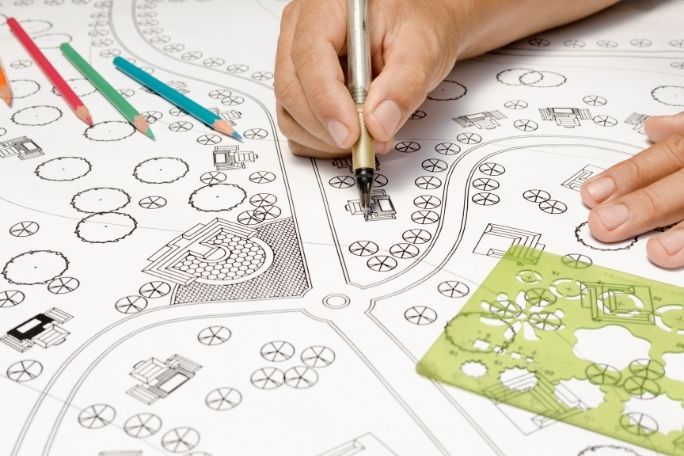Lesson summary
Students will research ways that the built environment can be landscaped to avoid damage from floods, fires and earthquakes and then create a plan for their local area.
Learning intentions:
Students will...
- investigate how urban planning can prevent natural hazards so communities can continue to thrive and maintain the health and wellbeing of their citizens.
Success criteria:
Students can...
- recognise the purpose of built structures and management plans within their local community/context.
- understand the aspects of urban planning and land management.
- create an urban plan that prioritises the development of technologies and designed solutions to prepare for natural hazards in their local area.
Lesson guides and printables
Curriculum links
Select your curriculum from the options below.
Lesson details
Curriculum Mapping
Australian Curriculum content descriptions:
Year 7 & 8 Design and Technologies:
- Analyse how people in design and technologies occupations consider ethical and sustainability factors to design and produce products, services and environments (AC9TDE8K01).
Syllabus outcomes: T4.1.2.
General capabilities: Literacy, Critical and Creative Thinking.
Cross-curriculum priority: Sustainability.
Relevant parts of Year 7 & 8 achievement standards: Students explain how social, ethical, technical and sustainability considerations influence the design of innovative and enterprising solutions to meet a range of present and future needs. They explain how the features of technologies influence the design and production decisions. Students explain a range of needs, opportunities or problems and define them in terms of functional requirements and constraints. They collect, authenticate and interpret data from a range of sources to assist in making informed judgements.
Teaching Time: 110 minutes.
Level of teacher scaffolding: High- need to facilitate class discussion and explain structures in the landscape before they research urban planning themselves.
Resources Required
- Blank A4 and A3 paper
- Coloured pencils and markers
Skills
This lesson is designed to build students’ competencies in the following skills:
- Communication
- Creativity
- Critical Thinking
- Digital Literacy
- Enterprise
- Global Citizenship
- Problem Solving
- Collaboration
Additional Info
We encourage you to undertake the free PD Course How to teach a unit on fire and flood resilience for tips on how to best deliver this lesson.
If you’re concerned about the challenging nature of these topics, consider the free PD Course How to approach trauma in the classroom for information on how best to support your students.


Welcome back!
Don't have an account yet?
Log in with:
Create your free Cool.org account.
Many of our resources are free, with an option to upgrade to Cool+ for premium content.
Already have an account?
Sign up with:
By signing up you accept Cool.org's Terms and Conditions(Opens in new tab) and Privacy Policy(Opens in new tab).